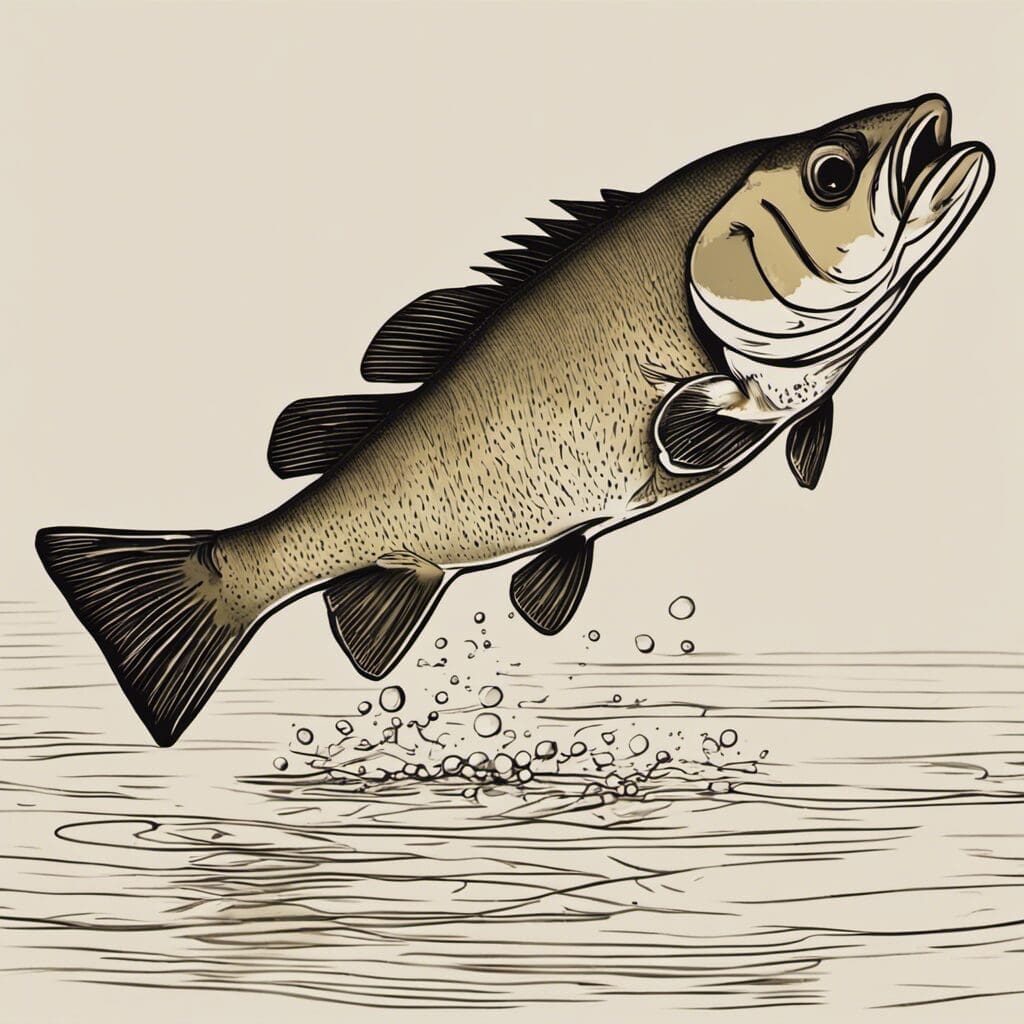Introduction
The Tench, also scientifically referred to as Tinca tinca, is a noteworthy fishing species that belongs to the Cyprinidae family.
Conservation Status
The Tench’s current conservation status is classified as “Least Concern” according to the International Union for Conservation of Nature (IUCN). This classification results from the species’ wide distribution and stable population trend, which is due to successful conservation efforts and its adaptability to varied environments.
Statistics
| Statistical Category | Average | Range |
|---|---|---|
| Length | 40-70 cm | 30-90 cm |
| Weight | 2-4 kg | 1-7.5 kg |
| Average Lifespan | 15 years | N/A |
Distribution
The Tench’s distribution is wide, extending across regions in Europe and Asia. Its adaptability allows it to thrive in various categories of freshwater bodies, from rivers, lakes to ponds. The species has also been introduced in Australia and North America.
Habitats
The Tench prefers still or slow-moving waters, particularly those with muddy bottoms and abundant vegetation.
Water Type
The Tench thrives in freshwater environments, showing a remarkable tolerance for low oxygen levels.
Depth Range
The Tench usually lives in depths ranging from 1 to 5 meters.
Temperature Range
The ideal water temperature range for the Tench to thrive is between 4°C-24°C.
When and Where to See
Seasonal Patterns
The best season for Tench sighting is during the late spring to early summer when the water temperatures rise.
Time of Day
Tench are mostly nocturnal and are most active from dusk till dawn.
Best Fishing Locations
The optimal fishing locations for Tench are established based on its wide distribution across various continents. Some of the ideal Tench fishing spots are:
- Avon River, England
- Bouche du Rhone, France
- Lake Geneva, Switzerland
- Lake Balaton, Hungary
- Murray River, Australia
- Lake Wörth, Austria
- Moselle River, Germany
- Lake Trasimeno, Italy
- Shannon River, Ireland
- Lake Peipus, Estonia
How to Catch
Sweetcorn, bread, and worms serve as the preferred bait for catching Tench. The most effective fishing techniques include float fishing and legering. Dawn and dusk are the best times to go Tench fishing.
Identification Guide
Tench are identifiable by their heavy, rounded bodies with small scales embedded in thick skin. They have a distinct olive-green to dark brown color, with a reddish or orange tinge to the fins.
Culinary Information
Tench has a distinctive flavor that is defined as being slightly sweet and nutty. It is rich in proteins, vitamins, and minerals. This versatile fish is a great ingredient in broths, stews, and grills.
Additional Information
Behavior
Tench is a bottom-dwelling species that feeds predominantly on benthic invertebrates. During winter, it buries itself in the mud to conserve energy.
Predators and Threats
Natural predators for Tench include large bird species and predatory fish. Overfishing is the primary threat to Tench.
Cultural/Historical Significance
In some cultures, the Tench is considered a symbol of courage and endurance due to its ability to survive in harsh conditions.
References and Further Reading
For further information, refer to the publications below:
- The Freshwater Fishes of Europe: CyprinidaeExternal Link 1.
- Ecology and Management of the TenchExternal Link 2.

